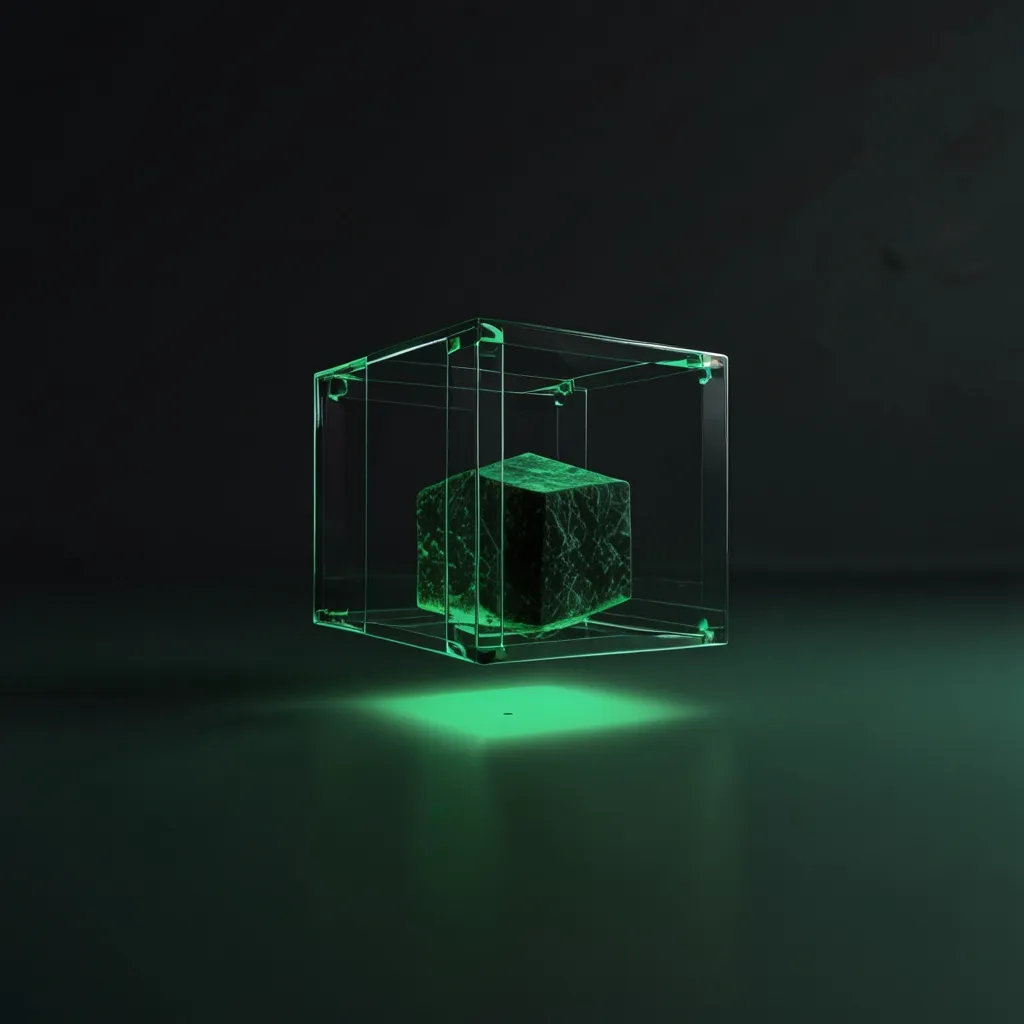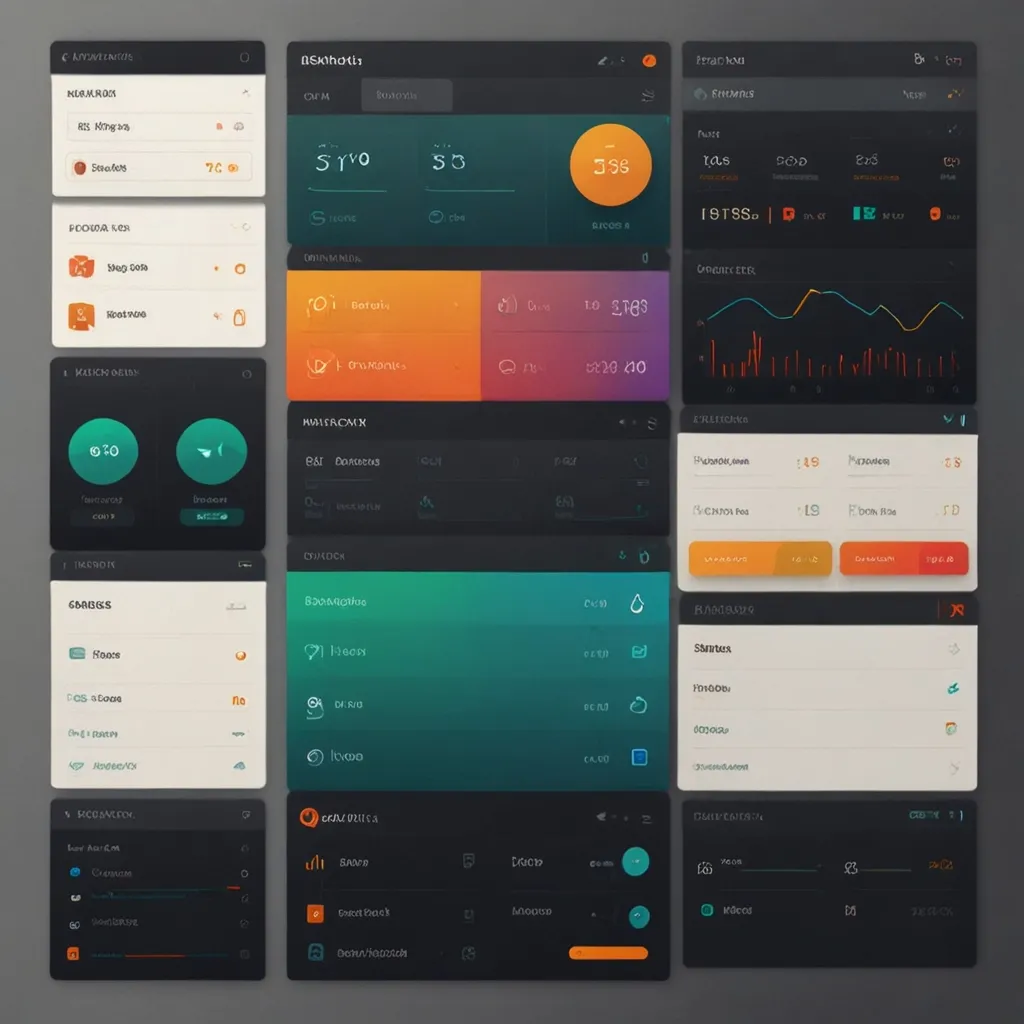The Rise of 3D Graphics in Web Development
Let’s be honest, the web world never stops moving. Every day, something new pops up, pushing the boundaries of what’s possible online. One of the coolest developments in recent years has been the rise of 3D graphics in web development. You know, those interactive websites that make you feel like you’re playing a video game instead of just browsing a site. At the core of this 3D web revolution is Three.js, a super handy JavaScript library that makes creating 3D graphics on the web a breeze.
So, what is this Three.js thing anyway? Basically, Three.js is a tool that sits on top of WebGL, which is a low-level API letting us use the GPU to render 3D graphics right in the browser. But WebGL is a bit of a beast to work with directly. That’s where Three.js comes in. It simplifies all those nitty-gritty details, letting us create detailed 3D scenes without needing a PhD in 3D graphics. You can build 3D environments, mess around with cameras, lights, and textures, and create some seriously cool geometric shapes.
When diving into Three.js, you’ll quickly bump into a few key components you need to know about. There are scenes, which are basically the 3D world where all your objects live. Cameras are the viewpoints that let you see these scenes. Renderers are engines that make sure everything you create actually shows up on the screen. Geometry refers to the shapes you build, from simple things like cubes to complex models. Then there are materials, determining how your shapes look, like their color and texture. Finally, lights give your scenes depth and realism, making everything look way cooler.
Why are developers so hyped about Three.js? First off, it makes 3D graphics programming way easier. You don’t have to be a total nerd about 3D stuff to create stunning visualizations. It’s also cross-browser compatible, so your creations will look good whether someone’s using Chrome, Firefox, Safari, or Edge. Performance? No worries. Three.js is optimized to run smoothly and quickly, even with sophisticated 3D scenes. Plus, it’s packed with features, from basic to advanced, letting you craft interactive worlds that capture attention.
Ready to see how it works? Let’s put together a basic 3D scene. Imagine you’re building a simple React component. You can create a scene with a green cube and a bit of lighting with this snippet:
import React, { useRef, useEffect } from "react";
import * as THREE from "three";
const Model = () => {
const mountRef = useRef(null);
useEffect(() => {
const scene = new THREE.Scene();
const camera = new THREE.PerspectiveCamera(75, window.innerWidth / window.innerHeight, 0.1, 1000);
const renderer = new THREE.WebGLRenderer({
canvas: mountRef.current,
antialias: true
});
// Add some basic geometry and lighting
const geometry = new THREE.BoxGeometry(1, 1, 1);
const material = new THREE.MeshBasicMaterial({ color: 0x00ff00 });
const cube = new THREE.Mesh(geometry, material);
scene.add(cube);
const light = new THREE.DirectionalLight(0xffffff, 1);
scene.add(light);
// Render the scene
renderer.setSize(window.innerWidth, window.innerHeight);
renderer.render(scene, camera);
}, []);
return <canvas ref={mountRef} />;
};
This code will set up a simple 3D scene, and you’ll see a green cube floating in space, lit up by a directional light. Basic, but it’s a starting point to understand Three.js.
3D graphics aren’t just eye candy. They’re actually super useful in real-world applications. In gaming, 3D graphics make web-based games more interactive. Architects use Three.js to create virtual models of buildings, letting clients take a digital walk-through. Education benefits too, with 3D models making complex concepts easier to grasp. And in advertising, 3D elements can make ads way more engaging than flat, two-dimensional ones.
Some websites have already nailed the 3D experience. Take Chirpley, for example. It uses fun 3D cartoon visuals to present its AI marketplace in a lively and engaging way. Then there’s De Bijenkorf, an ecommerce site where users can explore a virtual forest and discover products interactively. With the added touch of sound effects, it’s practically a mini-adventure.
Of course, with great power comes great responsibility. There are a few challenges to bear in mind with 3D content. Performance can be a bit of a headache because 3D stuff is more intensive and can slow down load times, especially on older devices. Accessibility is another point—3D-heavy sites can be tough to navigate if someone’s got a slower internet connection. Finally, user experience should always come first. While 3D can enhance a site, it shouldn’t overwhelm users. Sometimes, clean and simple trumps flashy and complicated.
Looking ahead, 3D graphics are set to play an even bigger role in web design. Don’t expect every site to go 3D crazy though. The smart move is to use 3D elements selectively to create richer, more immersive experiences where they make sense. And thanks to Three.js making it easier to deploy 3D content, we’re likely to see more creative uses of 3D graphics on the web.
Three.js has opened a lot of doors for web developers. It allows us to create jaw-dropping 3D visualizations without the need to become 3D graphics wizards. Sure, there are some hurdles, but the payoff in terms of user engagement and interactivity is worth it. Whether you’re aiming to boost user engagement, add an immersive layer to your website, or just sprinkle in some innovative flair, Three.js is a powerful tool at your disposal. Go ahead, dive in, and start creating those amazing 3D web experiences. The future of web development is looking more dimensional than ever.






